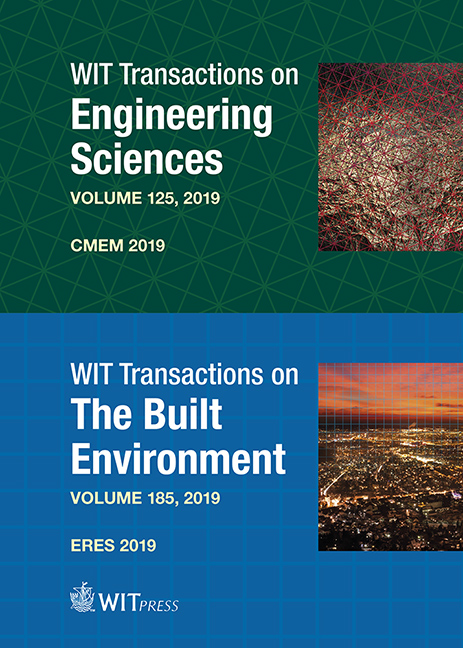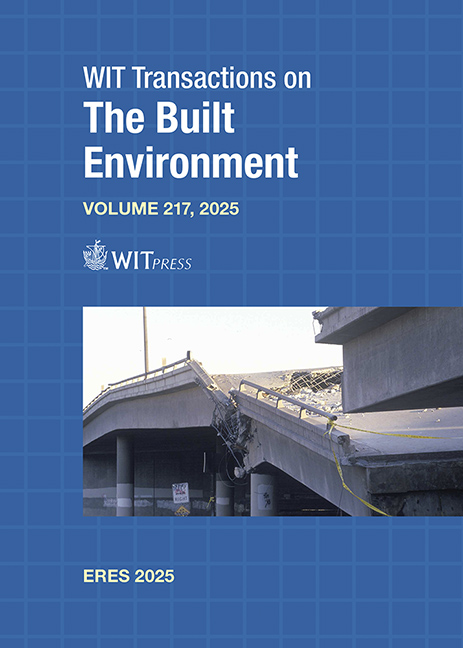Computational Methods and Experimental Measurements XIX & Earthquake Resistant Engineering Structures XII
Edited By: P. De Wilde, Free University of Brussels, Belgium; G. M. Carlomagno, University of Naples "Federico II", Italy
Price
£166.00 (free shipping)
ISBN
978-1-78466-333-9
eISBN
978-1-78466-334-6
Pages
368
Book Series Title
WIT Transactions on The Built Environment
Book Series
185
Transaction Series
WIT Transactions on Engineering Sciences
Transaction Volume
125
Published
2019
Format
Hardback
Computational Methods and Experimental Measurements XIX
In its 19th year the International Conference on Computational Methods and Experimental Measurements continues to provide highest quality research which forms this book. This volume examines a wide variety of topics related to new experimental and computational methods.
The continuous improvement in computer efficiency, coupled with diminishing costs and the rapid development of numerical procedures have generated an ever-increasing expansion of computational simulations that permeate all fields of science and technology. As these procedures continue to grow in magnitude and complexity, it is essential to validate their results to be certain of their reliability. This can be achieved by performing dedicated and accurate experiments, which have undergone a constant and enormous development. At the same time, current experimental techniques have become more complex and sophisticated so that they require the intensive use of computers, both for running experiments as well as acquiring and processing the resulting data.
Some of the subject areas covered are: Computational and experimental methods; Fluid flow; Structural and stress analysis; Electromagnetic problems; Structural integrity; Destructive and non-destructive testing; Heat transfer and thermal processes; Advances in computational methods; Automotive and Aerospace applications; Applications in industry; Ocean engineering and marine structures; Fluid structure interaction; Bio-electromagnetics; Hybrid methods; Process simulations; Validation of computer modelling; Virtual testing and verification; Simulation and forecasting; Measurements in engineering.
Earthquake Resistant Engineering Structures XII
Major earthquakes and associated effects continue to stress the need to carry out more research and a better understanding of these phenomena in order to design earthquake resistant buildings and to carry out risk assessments. This volume combines the latest leading research as presented on the 12th edition of the ERES conference.
As the world’s population has concentrated in urban areas resulting in buildings in regions of high seismic vulnerability, we have seen the consequences of natural disasters take an ever higher toll on human existence. Protecting the built environment in earthquake-prone regions involves not only the optimal design and construction of new facilities, but also the upgrading and rehabilitation of existing structures including heritage buildings. The type of highly specialized retrofitting employed to protect the built heritage is an important area of research.
The research papers included in this volume cover: Seismic isolation and energy dissipation; Building performance during earthquakes; Numerical analysis; Performance based design; Experimental studies; Seismic hazards and tsunamis; Safety engineering; Liquefaction; Innovative technologies; Paraseismic devices and Lifelines and resilience.








